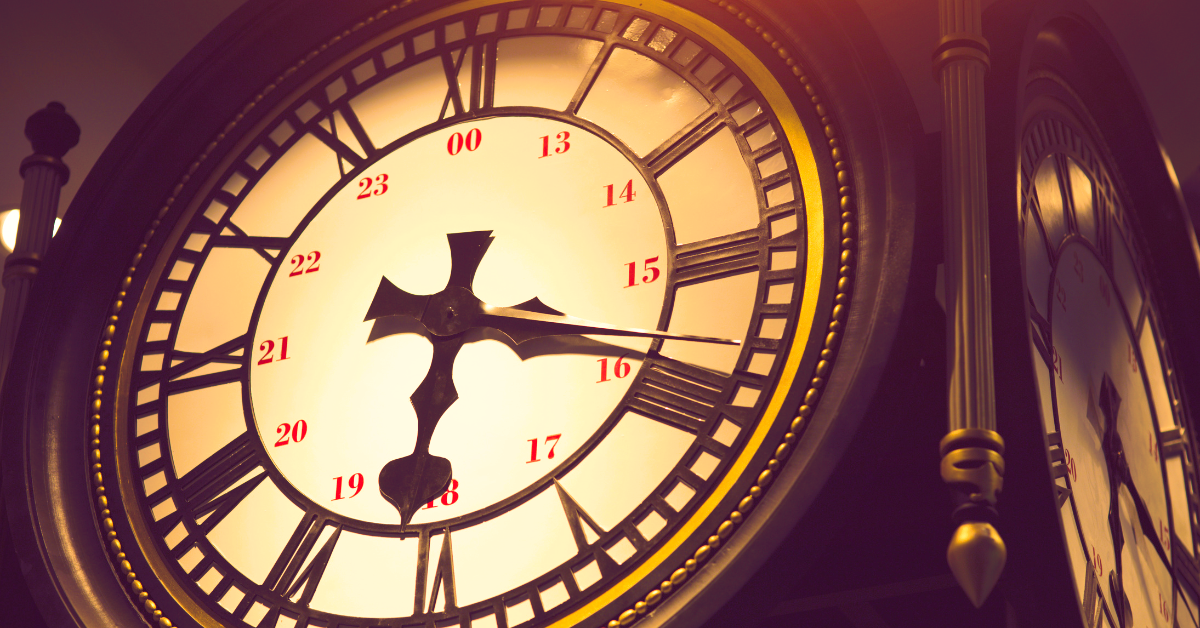Christopher Nolan’s films are renowned for their intricate and innovative use of time as a central motif. In “Memento,” he tells the story both backwards and forwards, creating a unique narrative structure. “The Prestige” weaves together past and present through a non-linear storyline, while “Dunkirk” blends three different timelines into one cohesive narrative. Nolan’s fascination with time is evident not only in his storytelling but also in the visual elements of his films. “Inception” uses slow-motion to mark time in various dream levels, and “Tenet” features a mind-bending mix of forward and reverse motion. In “Interstellar,” time dilation plays a crucial role, as characters experience time at different rates due to the effects of relativity, adding emotional depth to the story.
Nolan’s consistent and elaborate pairing of time with his narratives makes his work stand out in the cinematic world. The key takeaway for filmmakers is not to focus on time specifically, but to find a motif that resonates with their film and integrate it deeply into their storytelling.






